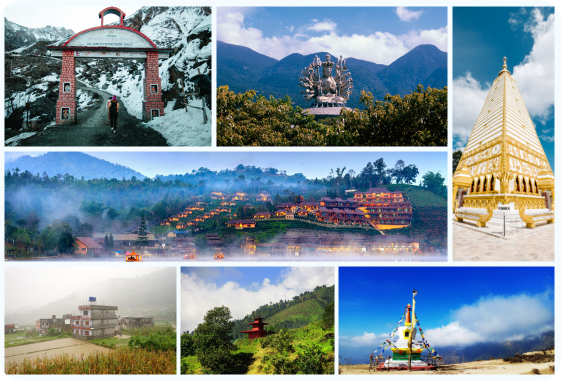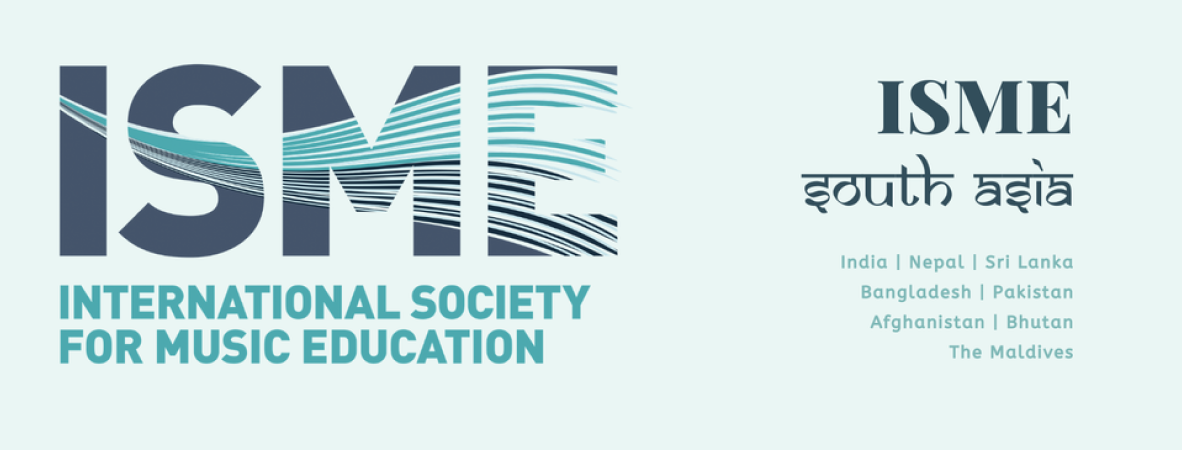
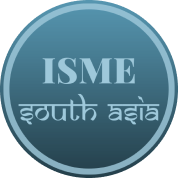
5th ISME South Asia Regional Conference

ABOUT KATHMANDU
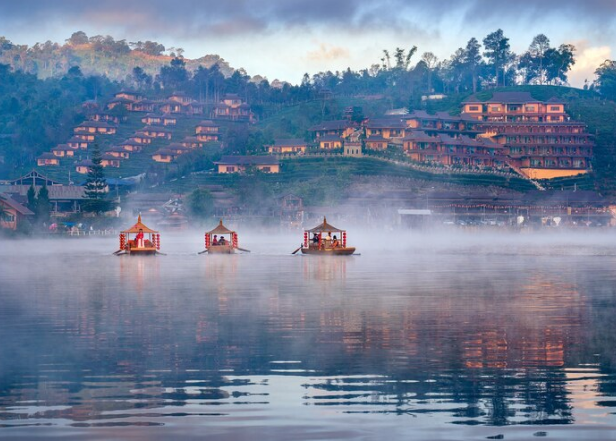
Kathmandu, the capital and largest city of Nepal, is a captivating destination that seamlessly blends ancient traditions with modern living. Located in the Kathmandu Valley, it serves as the cultural, political, and economic heart of the country. The city is renowned for its rich history, dating back over 2,000 years, and is a treasure trove of art, architecture, and heritage. Visitors are often mesmerized by its intricate temples, traditional Newari houses, and vibrant streets, which provide a window into the city’s fascinating past. The ever-present prayer flags, spinning prayer wheels, and the scent of incense create an atmosphere of spiritual tranquility, reflecting Kathmandu’s deep-rooted connection to Hinduism and Buddhism.
Snapshot Of City
LANGUAGE
Nepali & Maithili
CURRENCY
Indian Rupee (US$ 1 = ~₹62)
WEATHER IN NOVEMBER
cool and dry 7-23℃(44.6-73.4℉) of rain
PREFFERED GREETING
Namaste
TIME ZONE
Time zone in Nepal (GMT+5:45)
Music
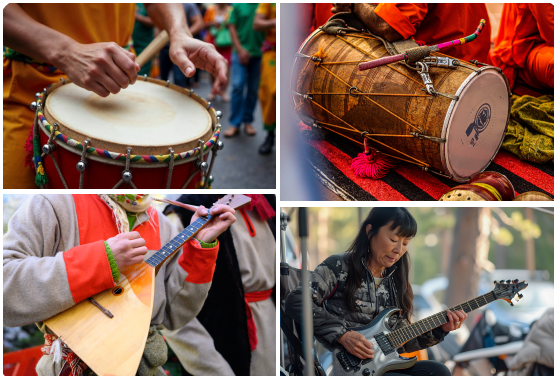
Food
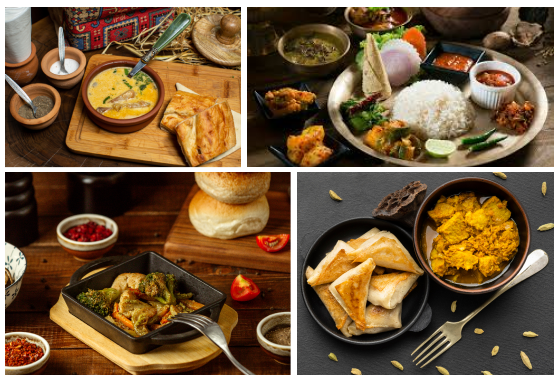
Tourism
